Your brand is not just a logo. Your brand is what your customers say it is. And while your logo can remain unaltered everywhere, the brand’s perception varies by country.
That’s what brand localization is all about: deliberately differentiating your brand for local customers.
So how do you go about it?
In this guide, I will show you how to localize your brand. You will learn the key steps and tools used at each step. By the end, you will have a detailed branding localization strategy. You will have a battle plan.
Let’s get to it.
Brand localization: A bird’s eye view
Brand localization is the adaptation of your brand to local markets. This includes your company’s offering, messaging, positioning, visual identity, and customer experience. Essentially, brand localization is about listening to your local customers and catering to their needs.
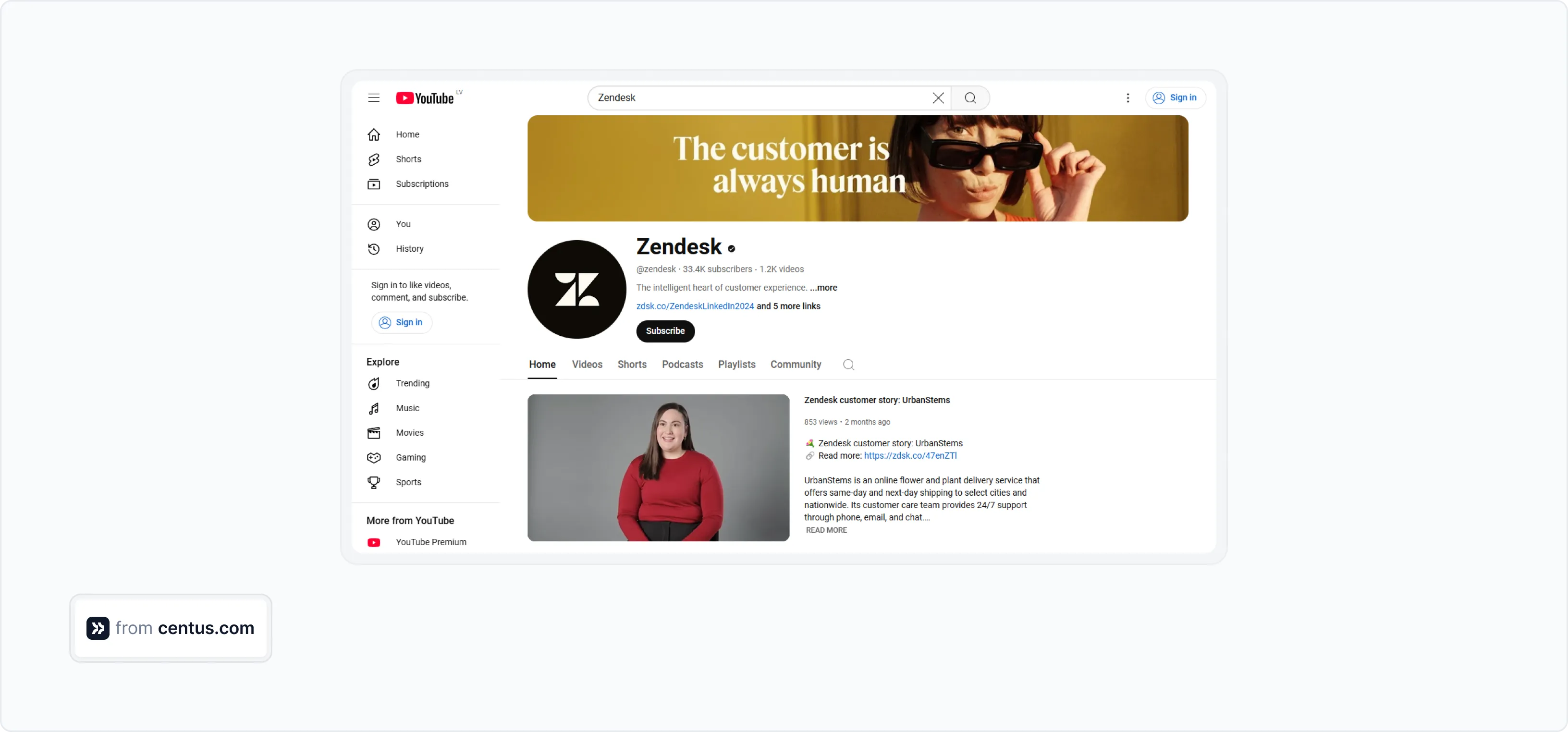
Think of localization as a reflection of your brand in the mirror of local culture. This process transforms both your product and its perception by locals, creating a positive feedback loop.
Is it worth it?
Gulp! All that customization sounds expensive. Is it worth it?
You are right: brand localization is expensive. But foregoing it will cost you even more.
You see, brand localization is much more than a marketing expense. It’s the process of value creation. You do it not just to increase the brand’s perceived value, but to actually create it.
Localization helps local customers to:
- understand your brand
- like your brand
- trust your brand
Ultimately, there are two key reasons to invest in brand localization:
- to make it easier for local customers to buy your product or service
- to make it easier for you to sell your product or service
Now let’s see how to design your local identity.
How to localize a brand
Ahead is your roadmap to localizing your brand at all touchpoints. As you follow it, try to strike a balance between brand consistency and local flavor.
I’ll help you along the way with tips and examples from top brands. But first, let’s capture some of your market’s cultural codes while staying true to your brand’s spirit.
1. Decode cultural codes
This adorably titled first step seems pretty straightforward until you factor in all the legwork it requires.
If you are a small business owner, you might already talk to your overseas customers regularly. You might already know their attitudes, beliefs, and feelings.
But if you can’t tap into direct insights, run extensive research to see what your competitors have seen, but go further to discover what they have missed.
Pro tip: Don’t make assumptions about your market. Research and learn.
To adjust your brand to local culture, you need two types of data:
Qualitative localization research
- Focus groups to discuss your brand and uncover cultural preferences and perceptions.
- One-on-one interviews to get an in-depth understanding of local attitudes toward your brand.
- Product/solution testing to identify cultural differences that might affect product usability.
- Competitive analysis to understand the competitors’ identity, messages, and positioning.
Quantitative localization research
- Online surveys to collect quantitative data on local brand awareness, preferences, and perceptions.
- Digital analytics from website and social media interactions to understand local customer behavior and trends.
- Competitive analysis to collect measurable data on their market share, customers, and marketing spending among others.
After collecting data, analyze it to capture insights that will help you shape your local brand identity. For example, your market research report can contain hundreds of pages synthesizing your findings. This is your microscope into local culture.
But you also need a telescopic view of local culture to spur immediate action. It might look like a table distilling your key findings:
| Aspect | Preferences for Japan | Specific Recommendations |
|---|---|---|
| Colors | Red (energy, vitality), white (purity, cleanliness), blue (trust, reliability) | Use red sparingly for accents. Opt for subtle shades of blue and white for backgrounds or main brand colors. Avoid black (mourning). |
| Logo design | Simple, minimalistic, symbolic of Japanese culture | Incorporate elements like sakura, Mt. Fuji, or waves. Use clean lines and a balanced composition. |
| Typography | Clear, legible fonts, aesthetically pleasing Japanese characters | Use sans-serif fonts for Western text and fonts with clean Kanji characters for Japanese text. |
| Marketing | Harmonious, respectful of traditions, detail-oriented | Emphasize quality, craftsmanship, and heritage. Tailor campaigns to seasonal events (e.g., hanami for spring). |
| Packaging | High-quality, minimalist, eco-friendly | Use biodegradable materials. Incorporate Japanese minimalist aesthetics. |
| Advertising | Visual storytelling | Use imagery that reflects daily life or nature in Japan. Get local celebrity endorsements. |
Decoding a country’s cultural code is no simple feat. But it’s the only way to create a memorable and thoroughly-localized brand.
2. Localize visual identity
What comes to mind when you think about the identity of a brand?
Is it Pringles’ mustachioed mascot? Or perhaps Tiffany’s signature turquoise color?
You’d be right in both cases, but these are just the tip of the brand localization iceberg. It runs much deeper, involving the following elements:
Color palette
The visual language of your brand should be intentionally designed to connect with your local customers. They have preferences and you need to learn them.
Does it mean you should always cater to their preferences?
Not necessarily. Your brand color can help you rise above the visual clutter of your local competitors.
Look at the color palettes used by major American banks:

Do you see an opening here?
When the local competition looks the same, color is your ticket to becoming a high-visibility brand.
There are two rules of thumb to follow when localizing your brand’s color palette:
- Ensure your local color palette supports your differentiation needs. Then, apply it uniformly throughout all of your visual assets.
- Study and leverage culturally coded color associations. Incorporate beneficial colors into your brand’s visual identity even if they are outside of your palette.
Say you are targeting the Japanese market, where purple is traditionally associated with luxury. In this case, ensure visual coherence through all customer touchpoints.
Your Instagram profile might look like this:
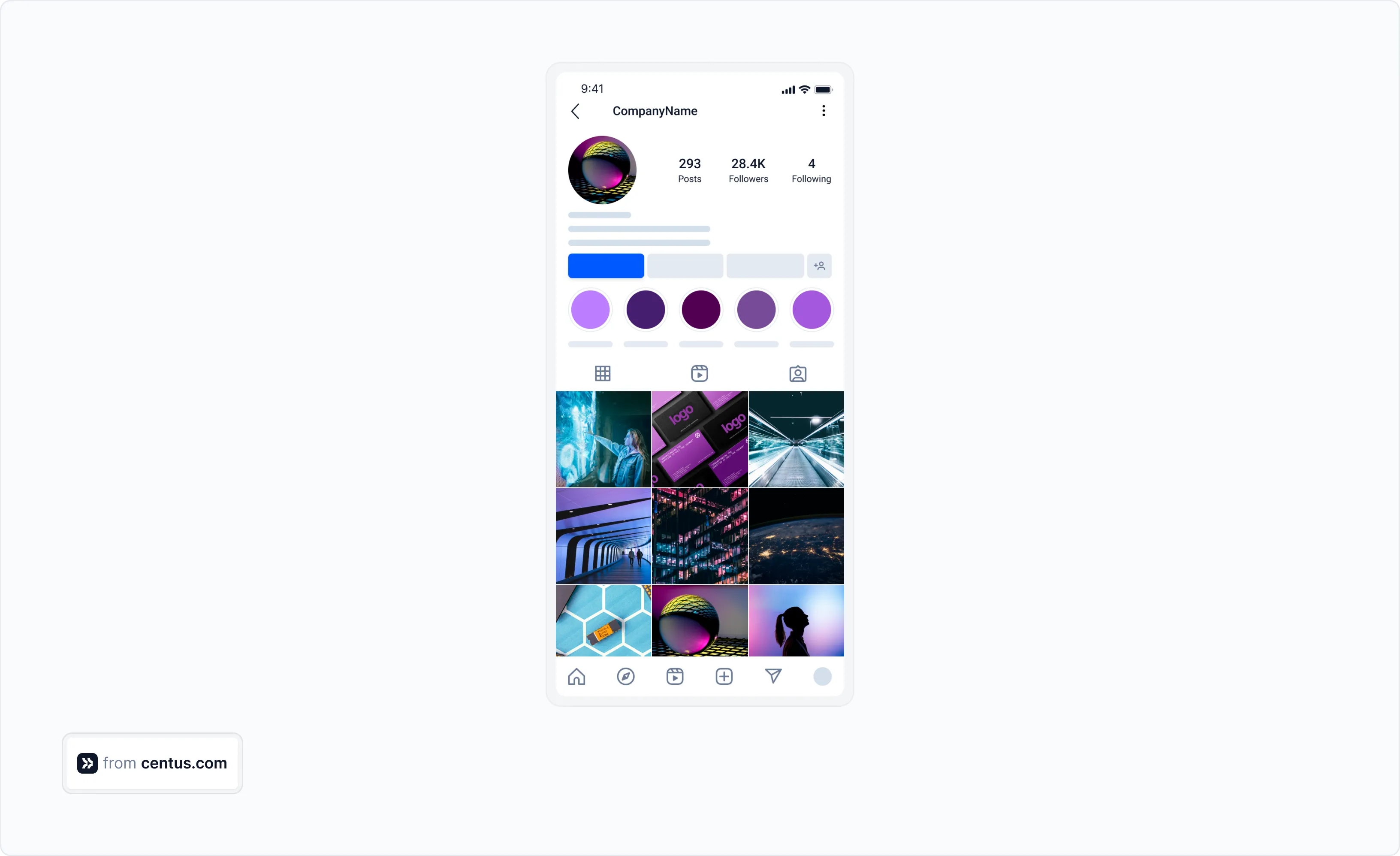 Note how only some images are purple. This highlights a crucial lesson:
Note how only some images are purple. This highlights a crucial lesson:
Pro tip: Don’t overuse a single color in your local branding. Incorporate complementary colors to avoid monotony.
To preserve brand uniformity throughout the market, your collaterals and promotional items should also feature the same palette.
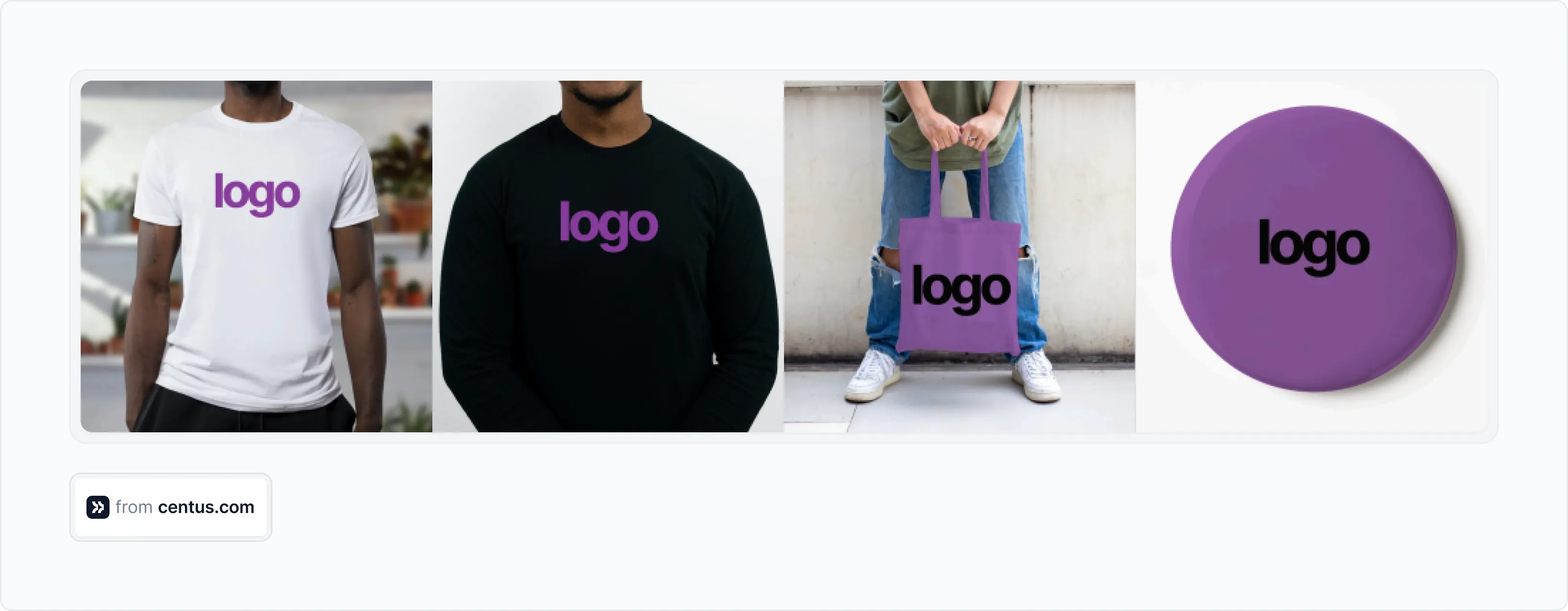
The same applies to social media. And ads. You get the gist.
Typography
You don’t always need to read the logo text to get the brand’s overall feel. Or even to recognize the brand right away.
Take IBM, for example. The company went so far as to create its own typeface family, IBM Plex. Now it’s used uniformly on the company’s website, software, and marketing materials in all locales.

You are lucky if your brand also has a distinct typography that heightens it. But does it mean you can reuse the same fonts through all your markets and locales?
Well, kinda.
Stick to your font if it effectively communicates your brand’s personality in both local and home markets. You can check your font’s supported languages in Google Fonts, Android Fonts, or Apple’s Font Book.
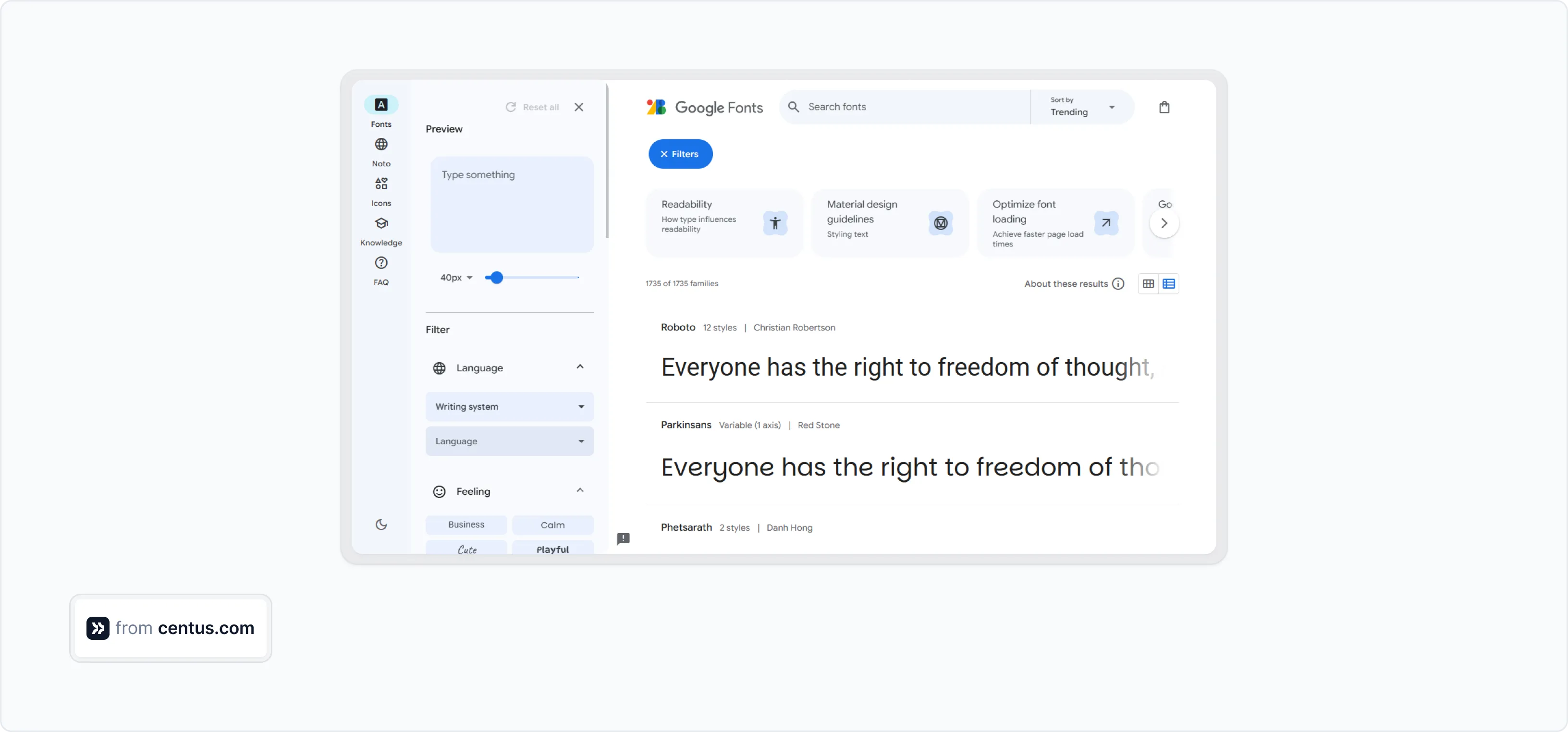
However, if you are trying to convey a different brand personality, then it’s time to change the font.
When choosing a font for a new locale, opt for the font with the same height as your main font. Thus, you’ll avoid UI overlaps on your website and app.

Similarly, pay attention to the font’s line weight and overall feel.
Iconography
Symbols, icons, and patterns help to convey ideas in a simplified visual form. From menu options in your app to narrative elements in your ads, they are your most powerful tool to carry your brand’s identity across borders.
I hope your cultural research has given you a solid understanding of the symbols that help your local customers navigate the world. Now, incorporate them into your brand touchpoints while keeping these tips in mind:
- Use a consistent line weight and style
- Keep the icons visually clean
- Test for cultural appropriateness
Pro tip: Icons depicting hand gestures don’t translate well across all cultures. Double-check their meaning.

3. Localize brand experience
This stage of brand identity localization is the culmination of weeks if not months of work. It’s about carrying your brand’s localized identity through all customer touchpoints to create a cohesive brand experience.
Content localization
Here, you need to do two things: translate your content and tailor it to a local audience. For this, you’ll need a small team of translators, editors, and cultural experts.
To translate your content in weeks rather than months, use a localization platform like Centus. It goes like this:
Sign up to Centus and create a new project.
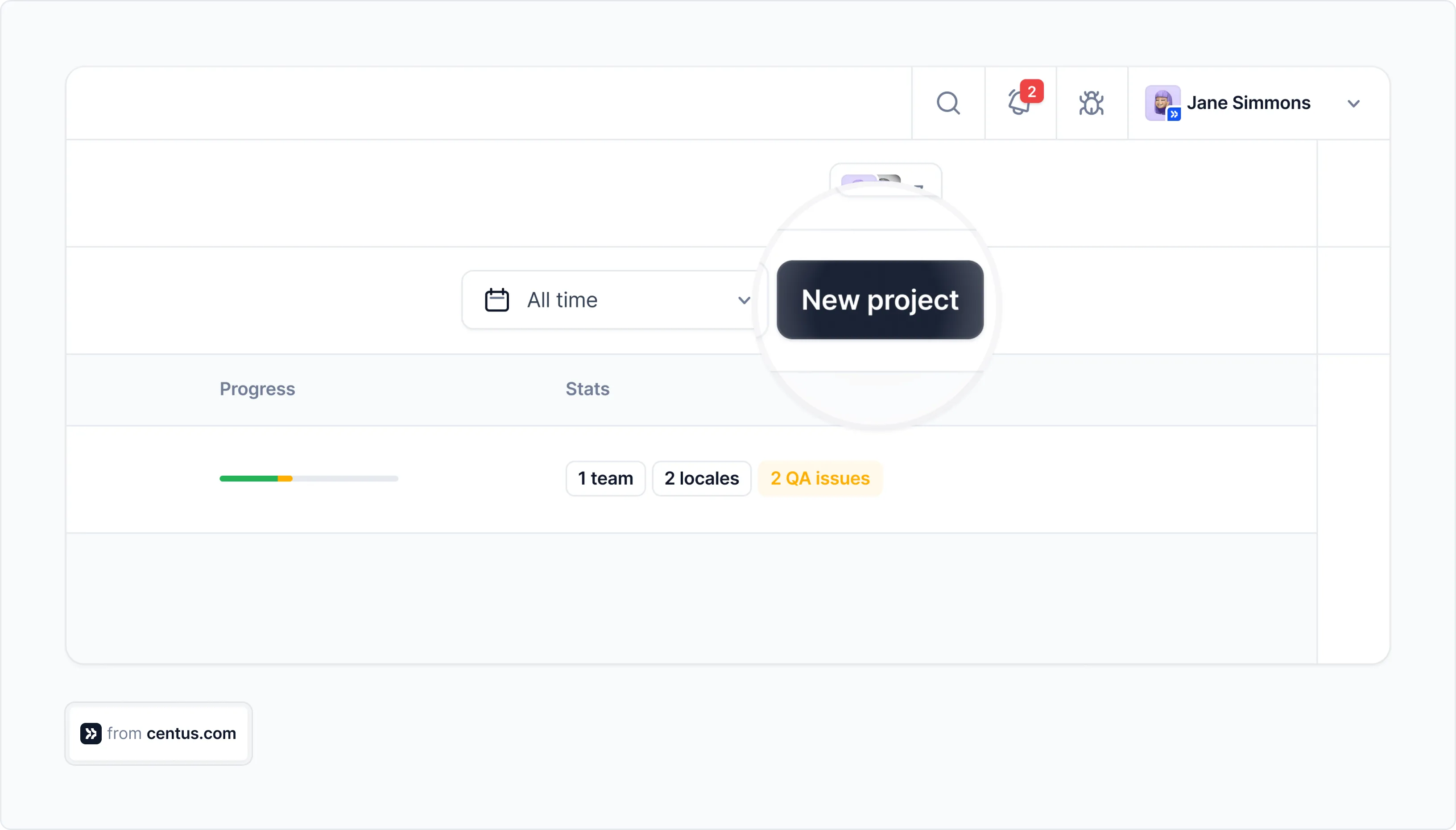
Upload your HTML, DOCX, or other files.

Now you can see the Editor where your team can create culturally-relevant translations.

To localize your content faster, your team can generate automatic translations. Later they can be reviewed by editors, cultural experts, and anyone else you might want to invite to collaborate on the project.

Let your experts cooperate in one convenient place where they can leave comments and share screenshots.
The best thing?
Using Centus, you can coordinate several teams of experts to translate content for multiple markets simultaneously.
Pro tip: Don’t localize all content. Curate it to not dilute your brand’s DNA in the local market.
App and website localization
These are your brand’s most important touchpoints. Think SaaS.
It’s time to roll up your sleeves and ensure that not only content but also all captions, labels, tooltips, alt text, and notifications are translated into the target language. Then, adjust your UI elements to fit the translated text.
To get this right, keep your brand’s local personality central to each decision. Where needed, write new content specifically for the local version of your app or website.
Here, you might also want to use the localization platform Centus. With its help, your developers can translate website or app content, and your designers can quickly adjust visuals using Centus-Figma integration.

Pro tip: Nail app localization and website localization with our comprehensive guides.
Communication
Your brand should be heard as well as seen. Do it right and your customers’ appetite for communication will be insatiable.
Whether it’s social media, email newsletters, ads, or even help content, try to cut through the noise. Try to add value.
These tips might help:
- Make your brand understandable
- Provoke curiosity
- Drive brand awareness
- Fuel virality
- Start a conversation
- Offer practical value
- Evoke emotion
I’ve put that first tip at the top of the list for a reason. Your best attempts at communication won’t matter much if your customers can’t understand you.
And by understanding here I mean literal understanding.
To exemplify this point, let me show you an email from Spotify.
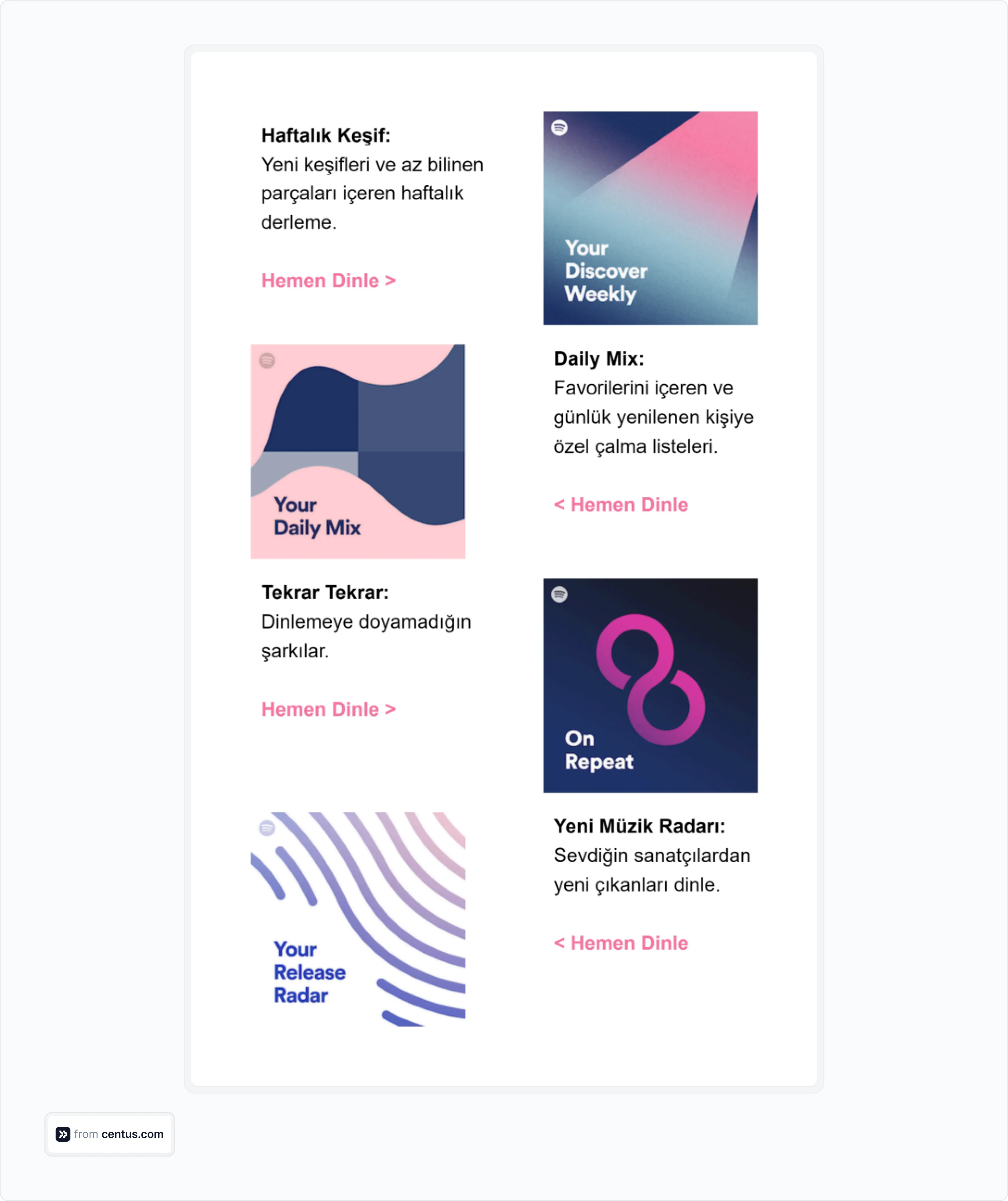
How effective is the email campaign if half of the content on it is not translated? Would it take much effort to properly localize brand messaging?
Or let’s consider this customer support message from Zapier’s Japanese customer.

Wouldn't the brand get more traction in Japan if its customer support materials were localized?
As you can see, even the biggest names in the industry sometimes miss the mark with localization.
But you don’t have to repeat these mistakes. With the right tools, you can nail local brand communication. And it won’t even cost you much.
Remember the purple brand for the Japanese market from one of the previous sections? Here’s how it might communicate with its customers using email newsletters:
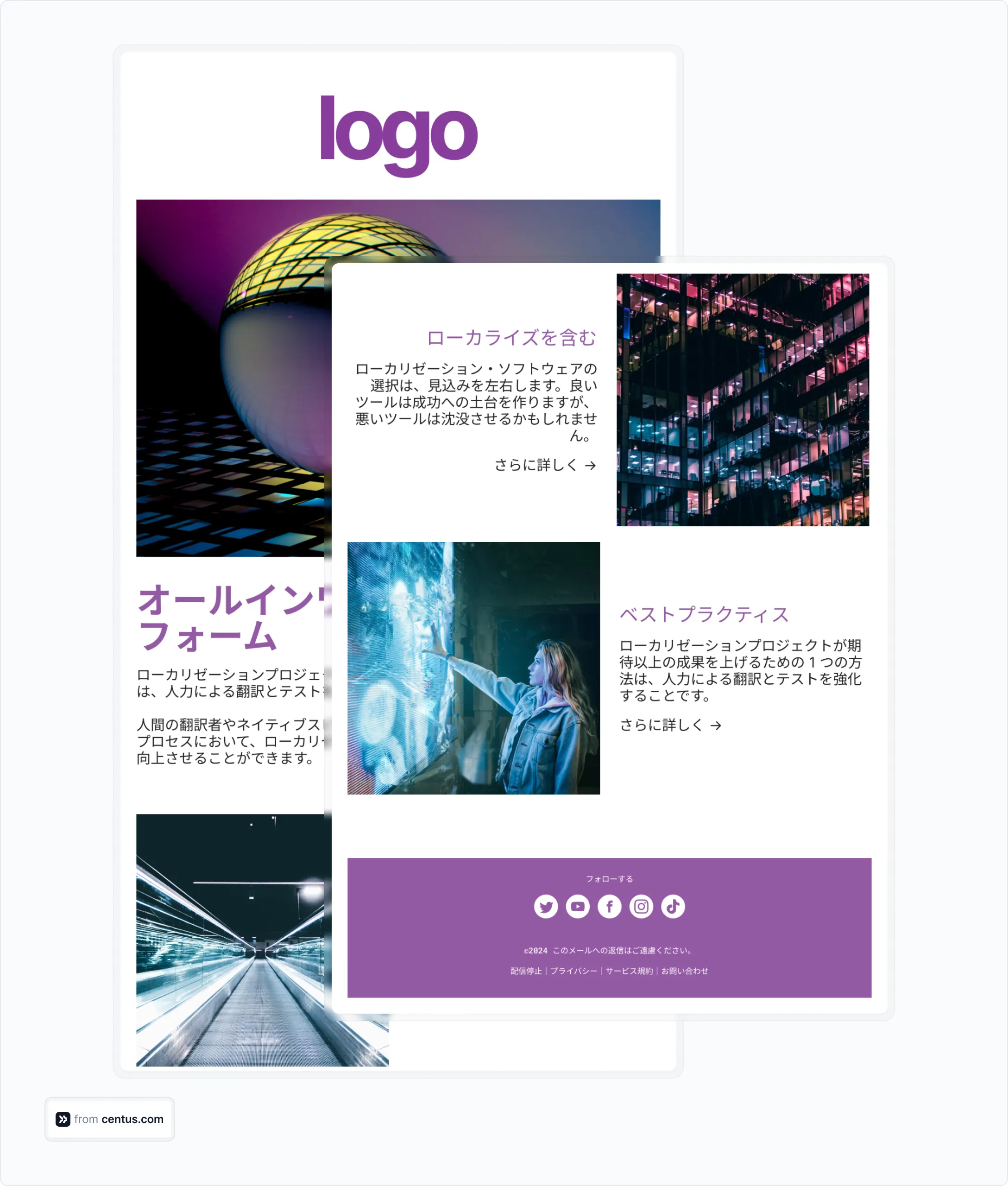
And here is a display ad for the same brand:
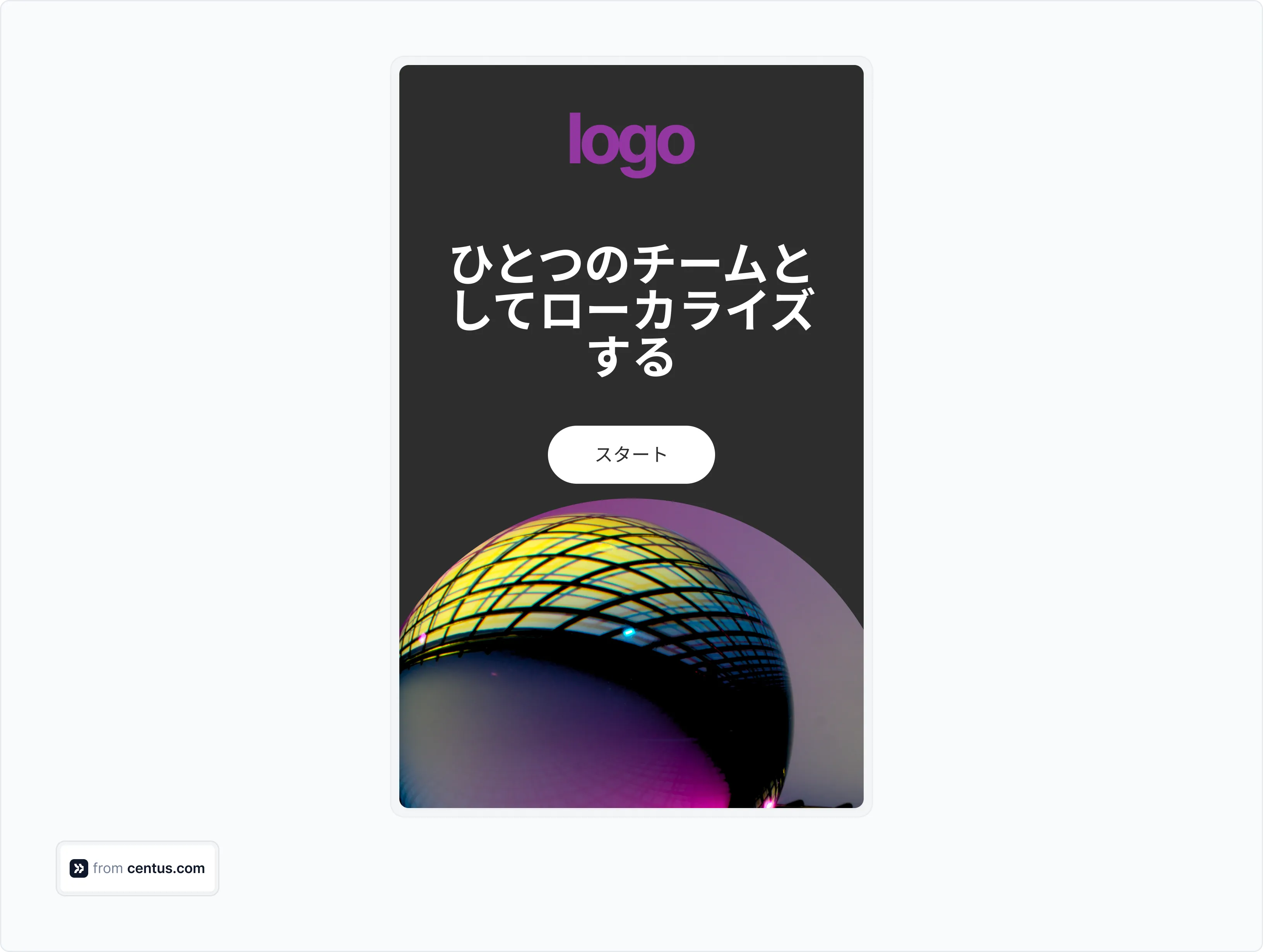
Note how the color palette, typography, and content all work in unison to enhance the local brand’s perception.
For similarly engaging communication, you just need to translate your materials and, occasionally, adjust their visual presentation.
I know what you might be thinking. You might believe that translating all your marketing and support materials costs a fortune.
Not with Centus.
Using Centus, you can pre-translate your content with Google or DeepL, saving up to 90 percent on translation costs. After that, you can organize a content review to ensure it’s accurate and culturally appropriate.
That’s how you master brand localization.
But how do you know that you’ve actually mastered it?
Brand localization metrics
Congrats! You’ve entered a new market. Now what?
You can keep conquering new markets using the same localization strategy and tactics. But to get more bang for your brand localization buck, assess your market position and refine your approach.
Use these metrics to measure the success of your brand localization efforts:
Aided brand awareness
This metric measures the percentage of potential local customers who can recognize your brand’s name, logo, or packaging. Use this formula to calculate it:
Aided brand awareness=100*number of potential customers who recognize your brand/total number of potential customers
Spontaneous brand awareness
A high percentage of customers who can recall your brand’s name or logo from memory shows the strength of your local brand. Here’s how to measure this metric:
Spontaneous brand awareness=100*number of potential customers recalling the brand from memory/total number of potential customers
Brand consideration
Use this metric to measure how many local customers would consider purchasing your product. Here’s the formula for its calculation:
Brand consideration=100*number of potential customers who would consider buying your product/total number of potential customers
Penetration rate
This metric lets you understand how your brand fares with local customers. Collect data for its calculation using surveys and then use this formula:
Penetration rate=100*number of brand buyers/total number of product category buyers
Customer satisfaction index
Use surveys to find out the post-purchase opinions of your local customers. To calculate the metric, use this formula:
Customer satisfaction index: sum of average ratings in all evaluation attributes/total number of evaluation attributes.
There are many more brand localization metrics to consider, but these should give you an overall understanding of your brand’s performance in a given market.
I hope you’ll be pleased with your findings and that your brand will succeed globally, similar to the examples below.
Best examples of brand localization
Here are three examples of global companies that nailed brand localization:
Pepsi’s embrace of cultural diversity
Under the banner of “expressing global diversity through design,” Pepsi launched a localized marketing campaign in 10 countries.
Through brand localization services, the company collaborated with local artists to create 36 unique designs, which helped to boost the brand’s profile in China, Malaysia, Saudi Arabia, and Mexico.
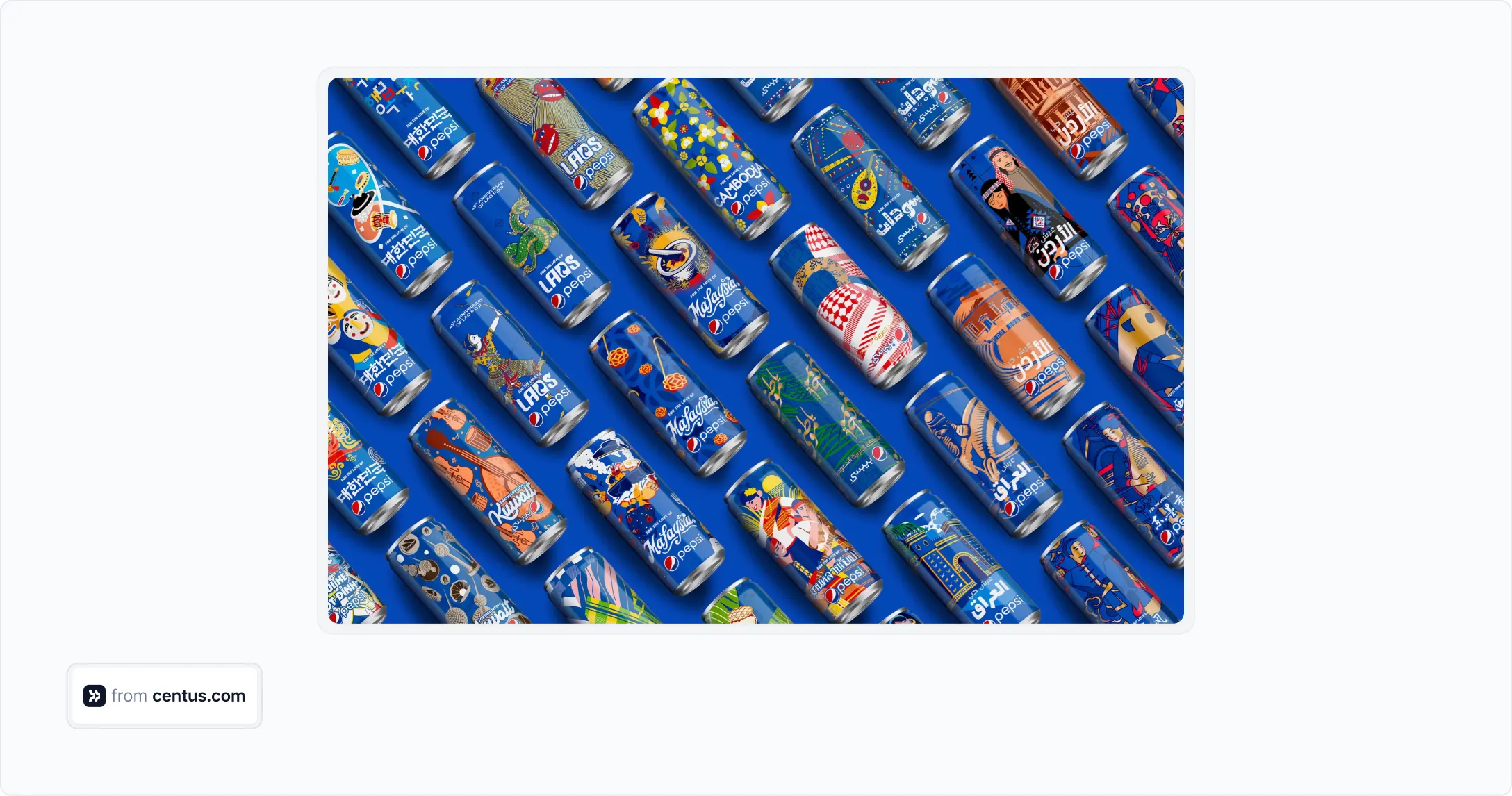
Nike’s Year of Dragon sneakers in China
Earlier this year, Nike launched special edition sneakers featuring Chinese New Year themes. The design emphasized appreciation of Chinese culture and included traditional symbols like flowers, a golden dragon, and a phoenix.
To create the unique sneaker collection, Nike worked closely with local designers. Additionally, the company leaned heavily on local celebrities to draw more attention to the collection and its brand.

IKEA was too big for Japan
Believe it or not, IKEA first failed to launch in Japan in the early 1970s. The reason? The furniture was too big and bulky for the average local consumer.
Japanese living culture is marked by tiny homes. Even though there was a strong interest in Swedish design and aesthetics, the practicality just wasn’t there, shared Karl Kerker, IKEA’s Export Manager at the time:
“People lived in small apartments, and rolled mattresses out on their tatami mats when it was time to sleep.”
Luckily, IKEA learned from their mistake and localized their brand and products the second time around. The size of the furniture and the in-store experience have been adjusted to meet the needs and expectations of Japanese people.
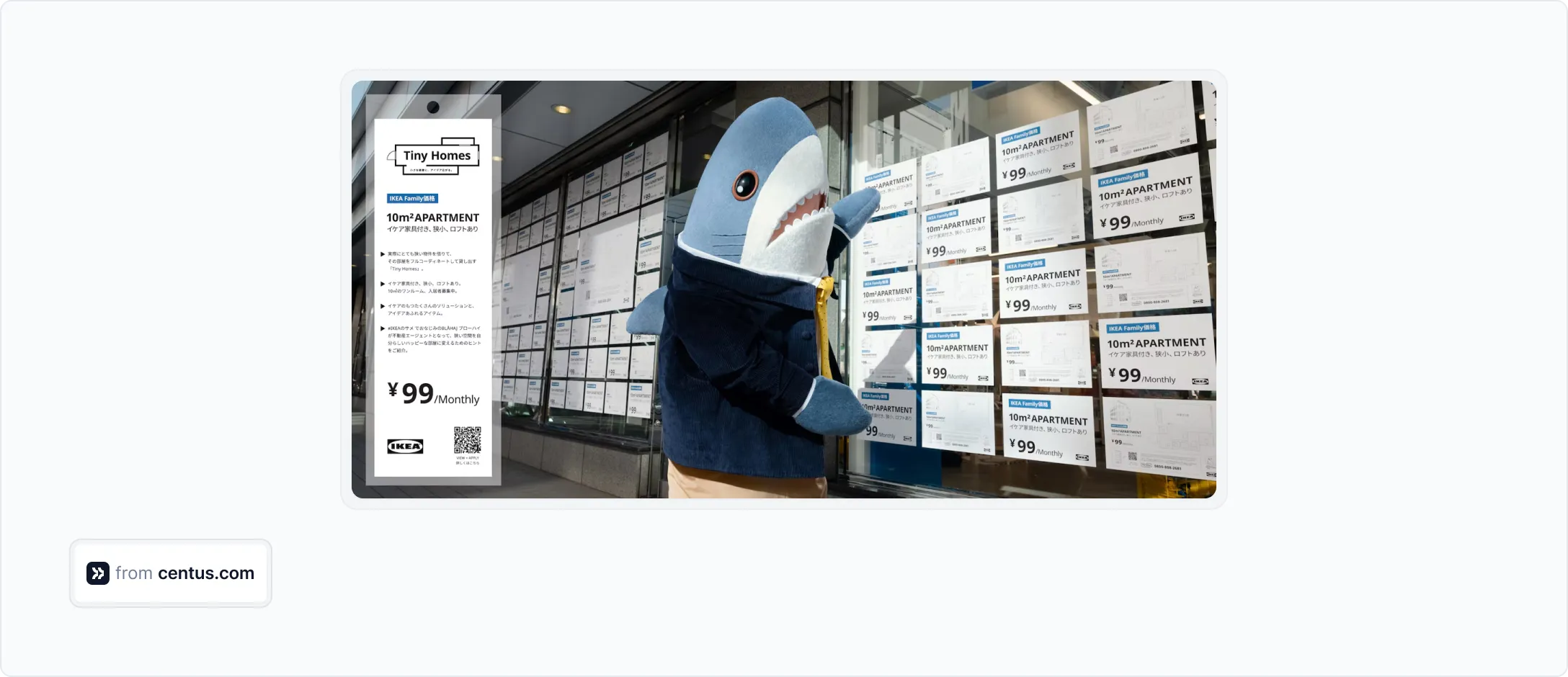
Ready, set, localize!
Brand localization is not a simple feat. As you can see, it truly takes a village. However, things get a lot easier when you align three key ingredients: the right people, processes, and tools.
Start by attracting local talent, including translators, designers, developers, and cultural experts. Then, orchestrate their work using a localization management platform.
Give your team a better experience localizing together. Try Centus now!
Get the week's best content!
By subscribing, you are agreeing to have your personal information managed in accordance with the terms of Centus Privacy Policy ->
Keep learning
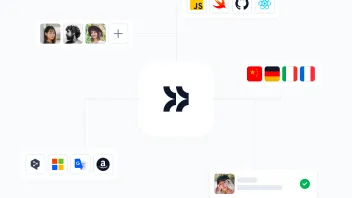
11 min. read
Content Localization: What to Localize and How to Do It

4 min. read
How to Measure Localization ROI and Maximize Returns
10 min. read
Localization Rates and Costs for Digital Products
11 min. read
What Is Localization? A Comprehensive Overview
7 min. read
What is Product Localization? A Comprehensive Guide
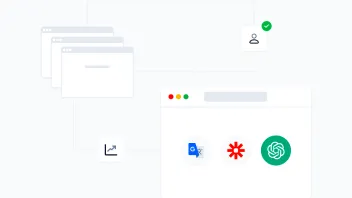
19 min. read